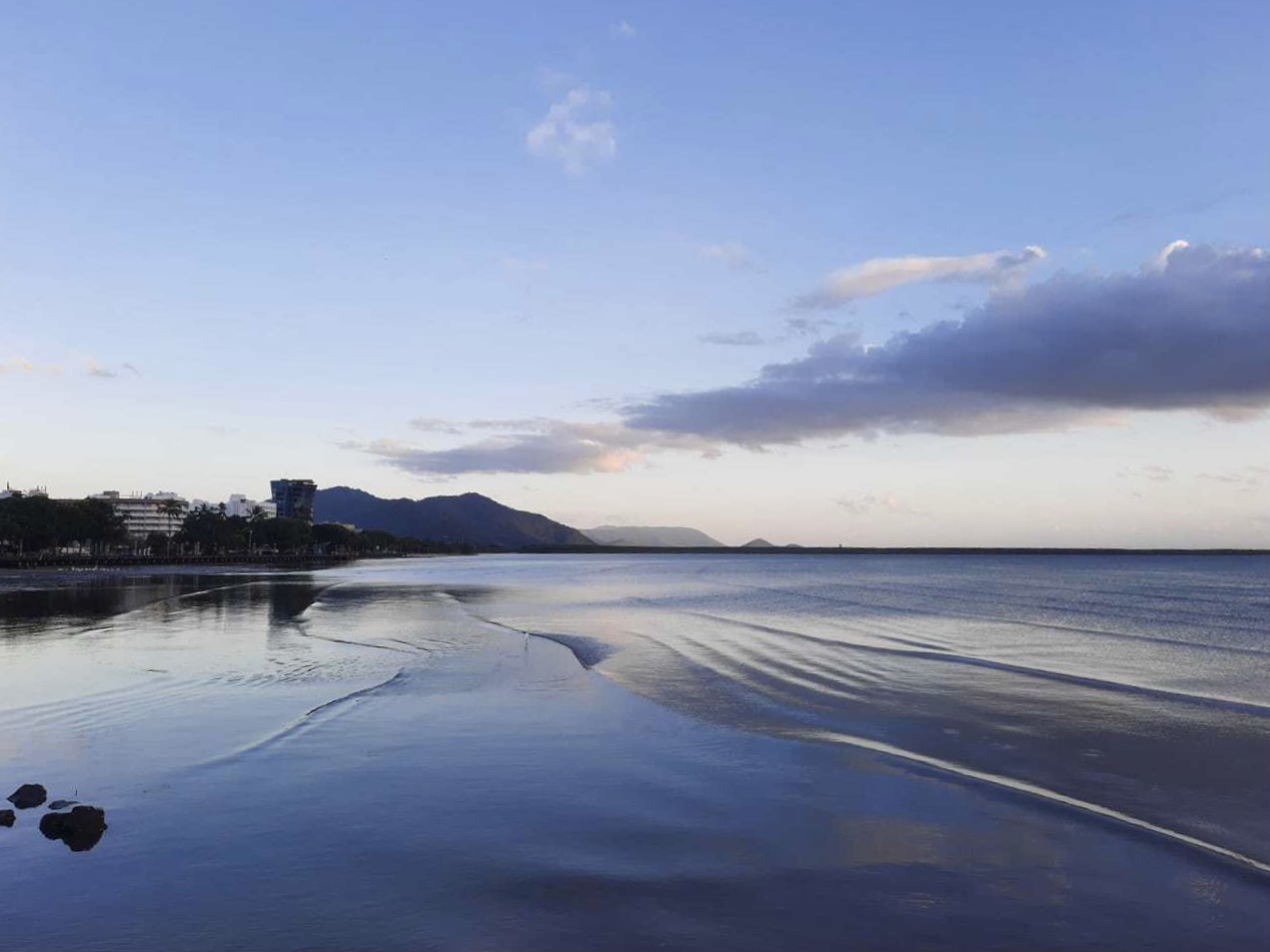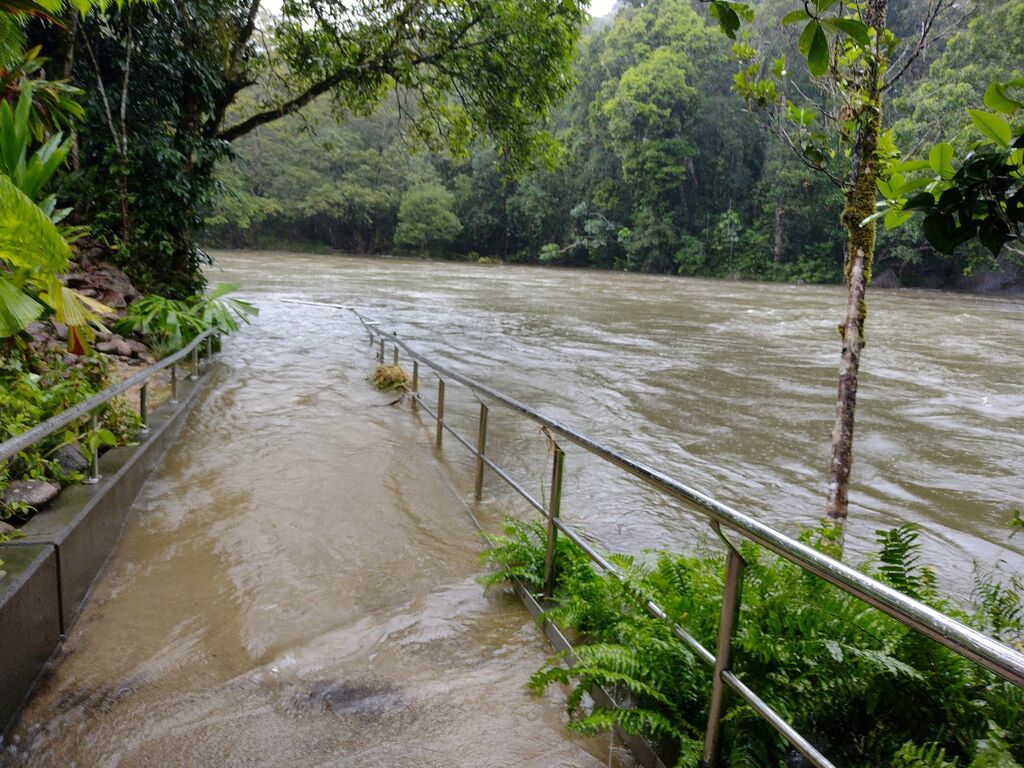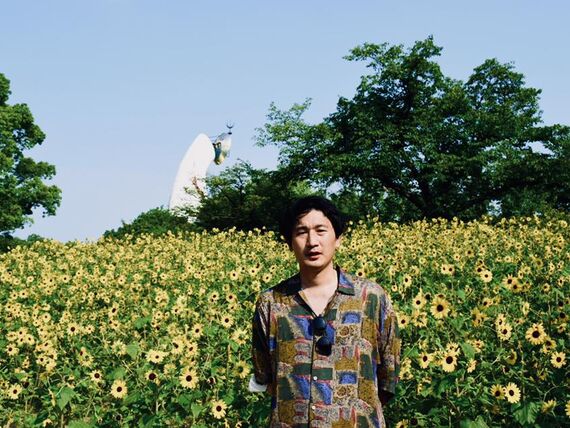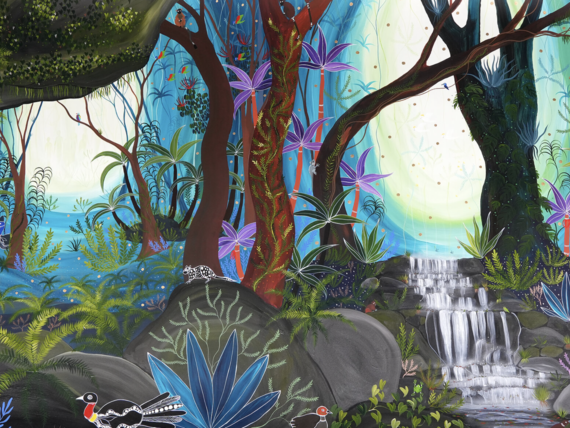
Soak up the sunny days while they’re here – the Bureau of Meteorology is forecasting an early start to the wet season for most of northern Australia.
Described as the northern rainfall onset date, the wet season begins when the rainfall total hits 50mm – the amount of rainfall expected to stimulate plant growth – from the beginning of September.
In Tropical North Queensland, meteorologists predict a 70 to 75 per cent chance of an early rainfall onset.
##BA##
This typically happens here around late October or early November.
A BOM spokesperson said this year’s early beginning to the wet season is predicted in part due to a La Niña (or near-La Niña) pattern in the Pacific Ocean forecast this spring, as well as a climate driver called the negative Indian Ocean Dipole.
“In the Indian Ocean, negative Indian Ocean Dipole conditions are forecast for spring and likely to weaken by December,” a BOM spokesperson told Tropic Now.
##PQ##
While Cairns recorded an earlier start to the wet season last year – around mid-September – the higher-than-average rainfall forecast throughout the La Niña weather pattern didn’t eventuate.
“The Cairns area had above average September 2020 rainfall, though October and November were drier than usual.
“December rainfall and summer 2020-21 rainfall around Cairns was close to average.”

As for the seven-day forecast ahead, Cairns’ brief spell of eased showers are likely to end by tomorrow.
“Around Cairns, onshore flow and south-easterly stream showers are likely from around Friday for a few days, which is typical for the area,” a BOM spokesperson said.
There’s a 40 per cent chance of rain on Friday, before the likelihood of showers reaches 60 per cent across the weekend.
The forecast of rain then drops by Monday, while the maximum temperatures rise slightly to 29 degrees.
“Later in August, there are roughly equal chances of exceeding the median rainfall, no strong shift in a wetter or drier end to August,” a BOM spokesperson said.
“Moving into September, the chances of exceeding the median rainfall are higher, greater than 60 per cent.”




